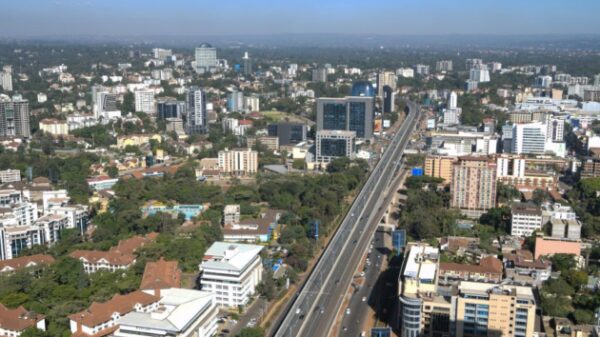
Head of Research and Marketing at HassConsult Sakina Hassanali said that the last three months have seen the property market come back to life/FILE
Head of Research and Marketing at HassConsult Sakina Hassanali said that the last three months have seen the property market come back to life, after the very low levels of activity from the end of 2011 following the sharp interest rate rises rolled out by the government.
“The interest rate cuts in the middle and latter part of 2012 brought many buyers back into the market in the latter part of the year, and also saw project financing reopen and construction work commencing that had been stalled for many months,” she said.
“The raising of the interest rates had little impact on pricing directly, although buying activity slumped. But they did see many building phases stalled or suspended and a stop in the flow of new projects, as developers found it impossible to commence building based on project finance at 20 and even up to 30 percent interest rates,” she explained.
She noted that this cessation in building will show very much during 2013, as far fewer new houses will be completed and added that they anticipate this will fuel some rising competition for the available houses.
“The 2012 annual report on sales and rental trends in and around Nairobi reveals a wide differential between the capital’s top performing and most static suburbs,” she said.
“Where frenetic building activity and ease of access to the city centre had previously driven sales and rental prices upwards in the city’s mid-town belt of Westlands, Riverside, Kilimani, Lavington and Langata, these same areas, in 2012, recorded negligible rises in house sale prices,” she revealed.
Conversely, she pointed out that areas on the outer edges of the city, from Karen to Ongata Rongai, recorded sales price increases of up to 20 percent through the year.
“The pricing represented a take-off in commuting as a lifestyle choice, with pricing in the city having reached the limits of consumers’ spending power,” she said.
“This search for maximum value saw the cities once most prestigious suburb of Muthaiga record the lowest sales price rises of all the city residential areas, with close to zero movement in pricing,” she added.
She noted that the rental, middle upper income areas such as Spring Valley, Hill View and Brookside outstripped more traditional areas in competition for housing, and to a much lesser extent, apartments, driving rent price rises of up to 14 percent.
“In the rental market, as has been consistently the case, the uptake in house sales has coincided with a steadying in rent rises, with rentals in some areas having reached the limits of consumer buying power,” she said.
“We anticipate some further rental increases, but that these will be concentrated in previously more economical areas and be of a lesser degree. In core rental zones we now expect a levelling off in rental rates,” she added.
Nyari, which emerged the previous year as the city’s most expensive suburb, saw rent rises of just two percent, while Gigiri came in at under six percent.
“This shift towards residential areas a little further down the ladder echoed the same theme of careful budgeting and in all of the lower market rent areas appeared to hit the buffers of sustainable demand, with areas such as Donholm and South C seeing rent rises of well below five percent for the year,” she said.
Hassanali advised buyers to look for areas where their investment in housing will produce the greatest returns, the results highlight clearly that the choice of location is critical.
“Not all outlying suburbs are outperforming. Buyers need to be mindful of the popularity, aesthetics and accessibility of an area, as well as the general trends,” she emphasised.
“What is clear from all of these results, and as we enter the election period, is that our housing market remains extremely robust, weathering a doubling in interest rates and economic slowdown and now moving back into clear recovery,” she said.

























